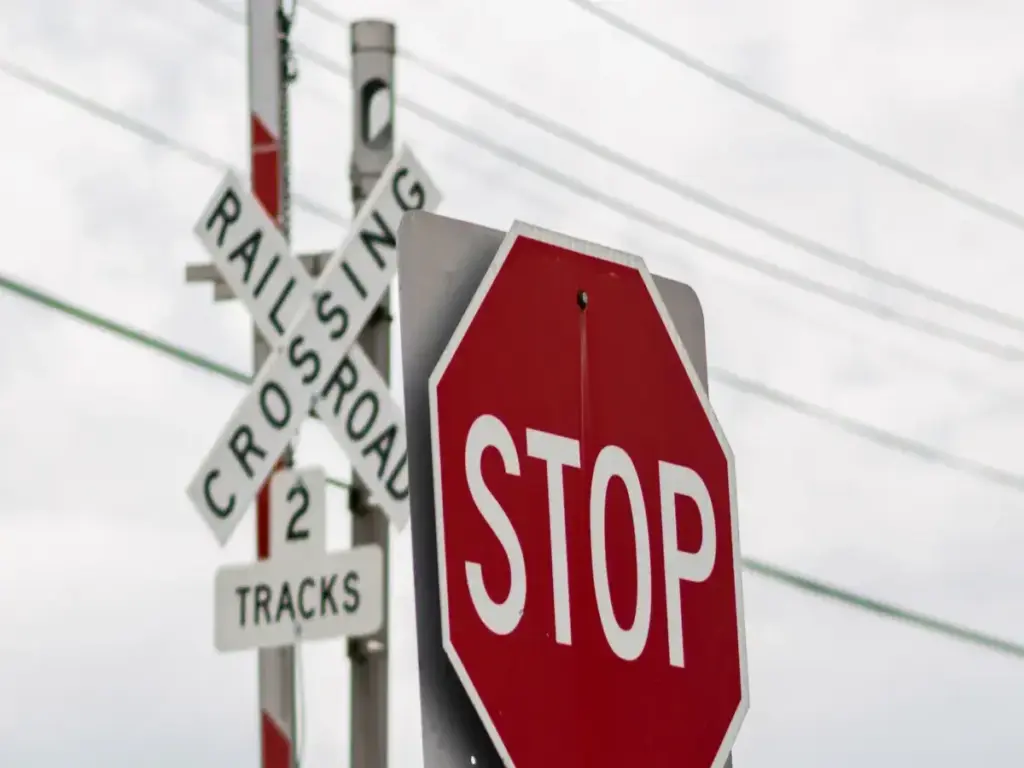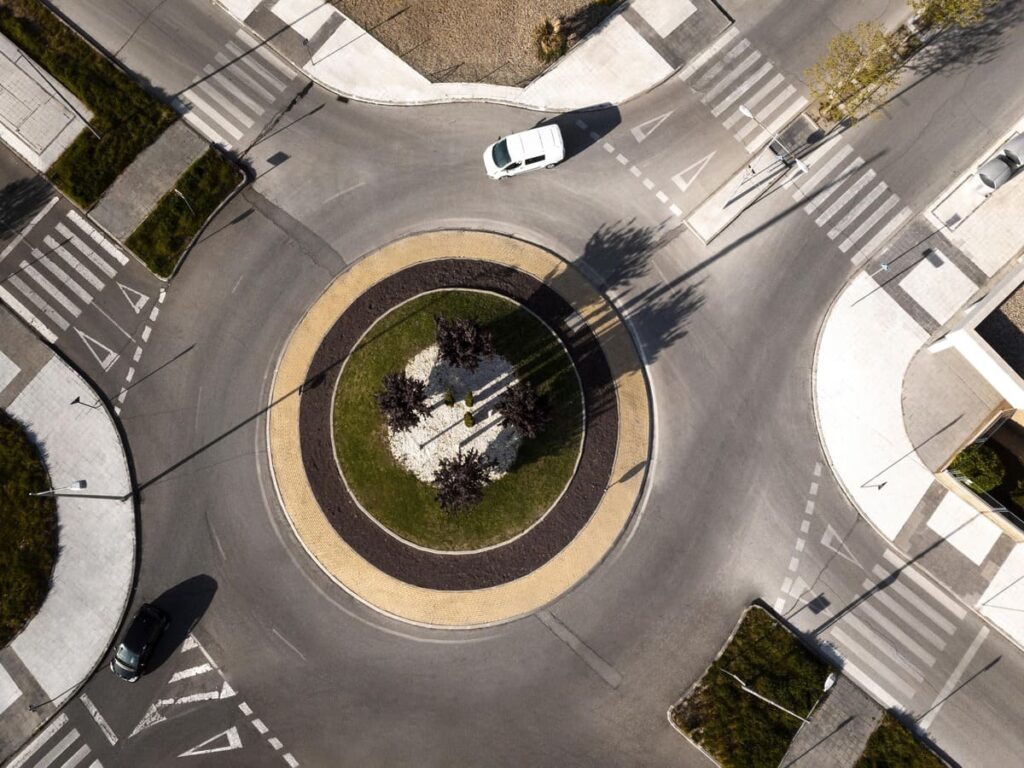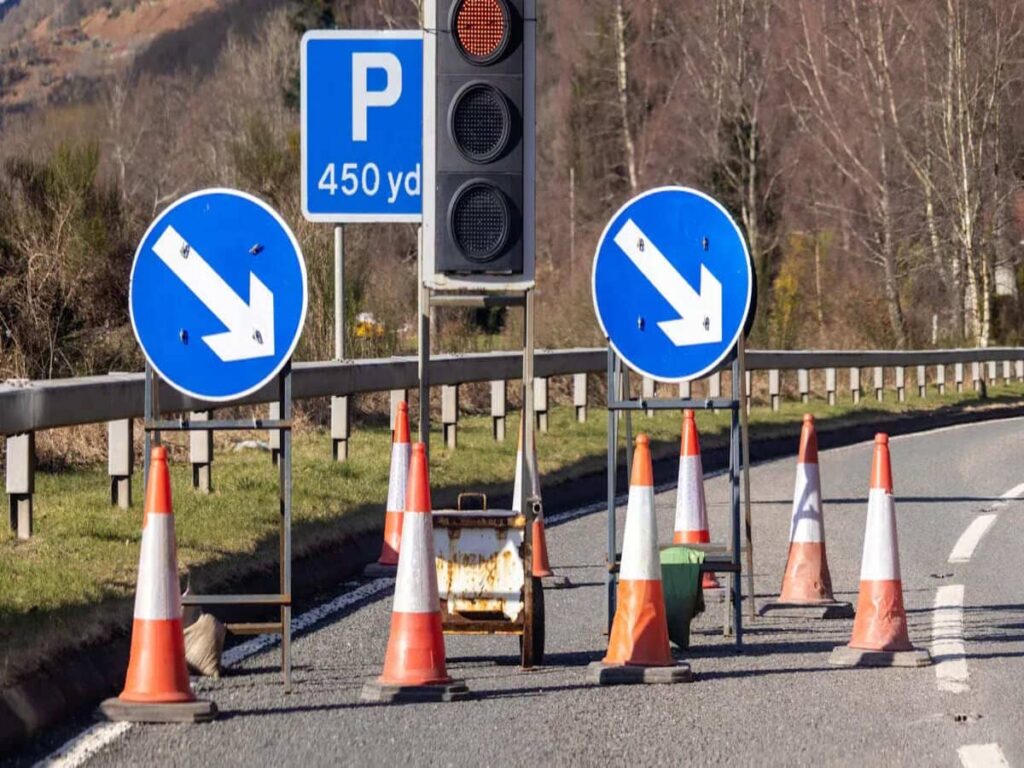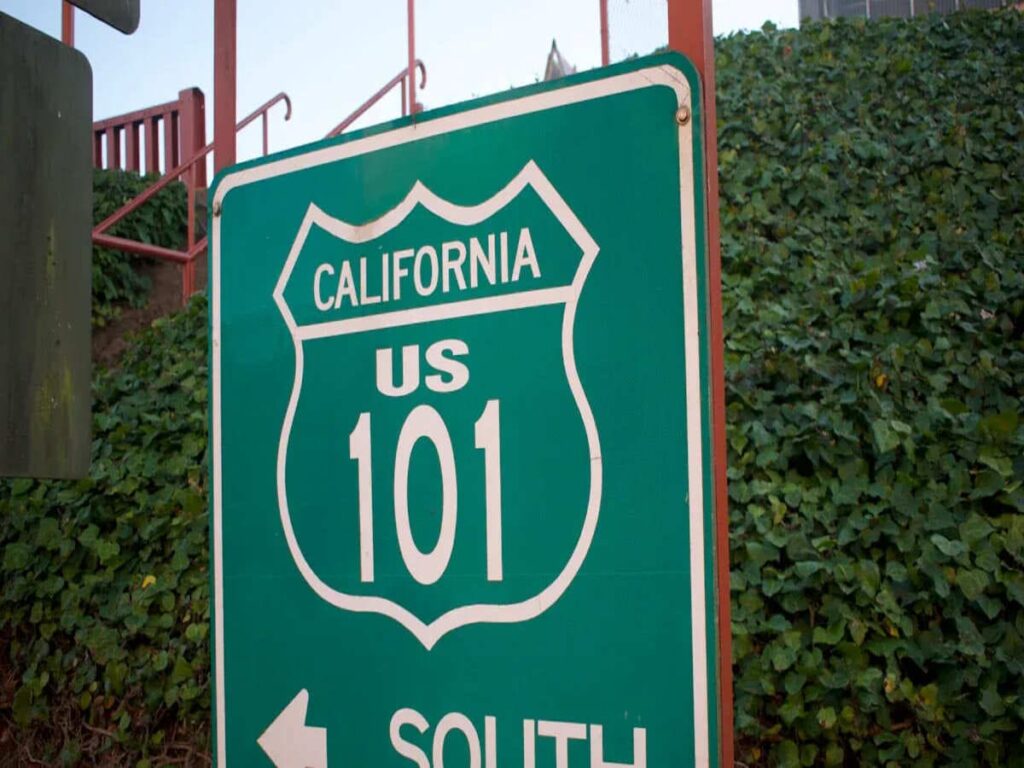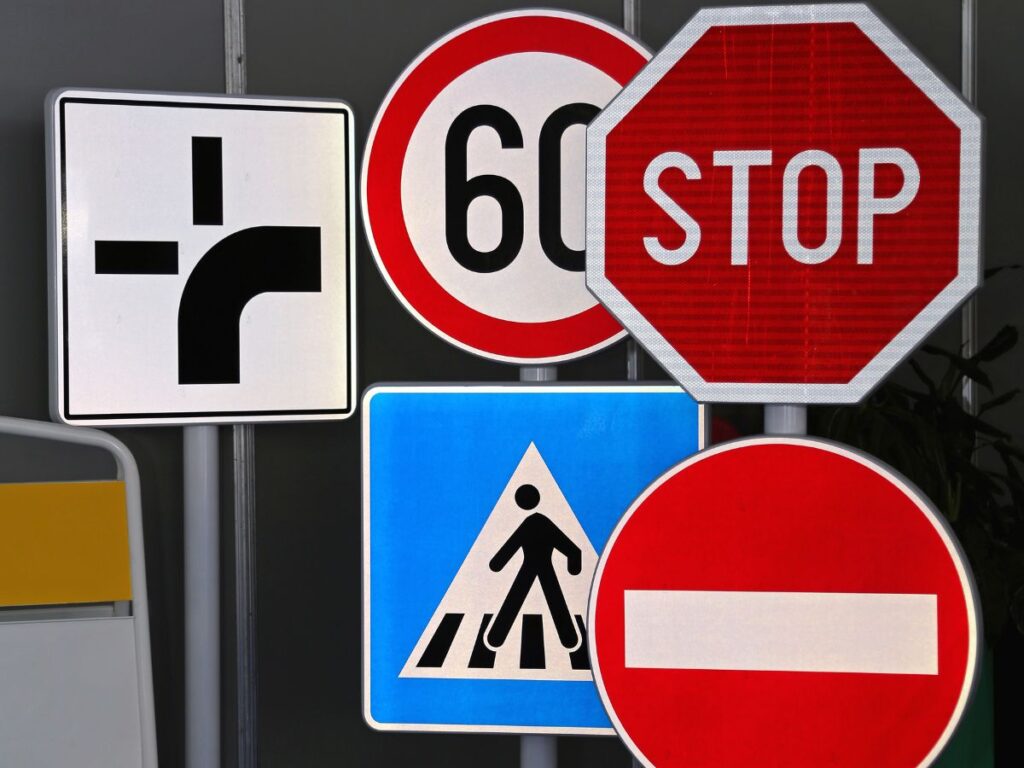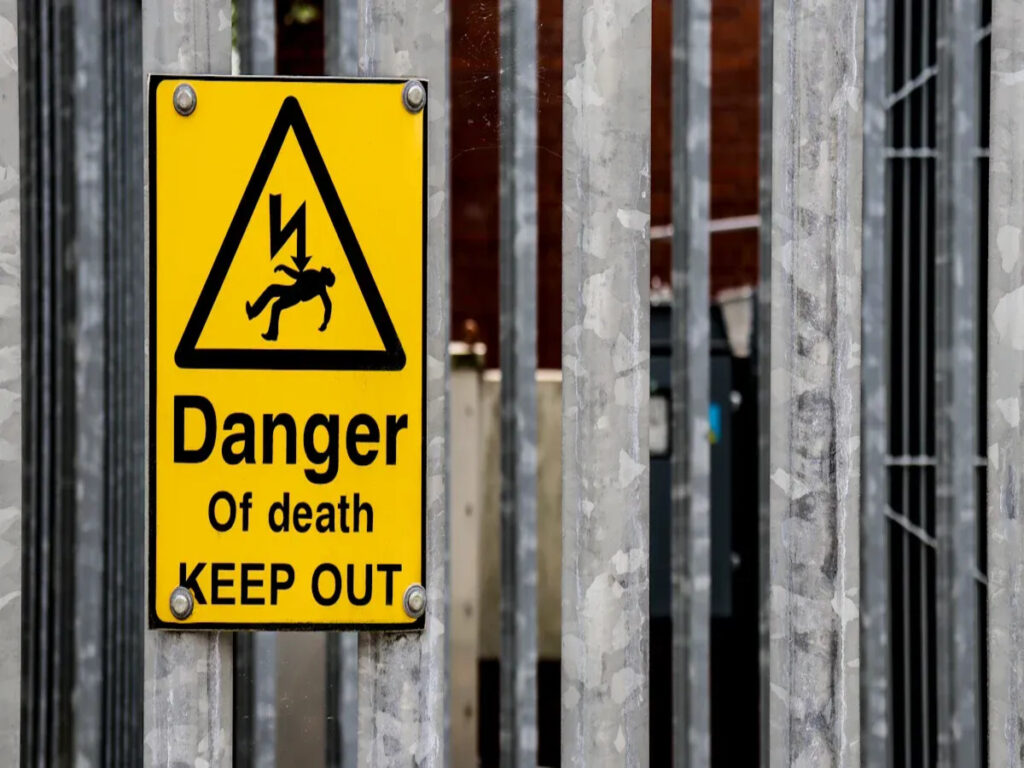
La scelta dei materiali giusti per la segnaletica di sicurezza in vendita è fondamentale. La segnaletica di sicurezza in ambienti difficili deve resistere per comunicare in modo efficace i messaggi di sicurezza. La segnaletica di sicurezza di scarsa qualità può sbiadire, ruggine, o piega, rendendoli difficili da vedere, che può comportare maggiori rischi. Materiali durevoli come l'alluminio e il vinile resistente forniscono soluzioni più durature. OPTRAFFICO, ad esempio, previene la ruggine e mantiene l'integrità della segnaletica. La segnaletica di sicurezza di alta qualità in vendita riduce i costi di riparazione e garantisce che le norme di sicurezza rimangano chiare. Il posizionamento di segnali robusti all'altezza degli occhi migliora la visibilità, contribuendo a mitigare i rischi in condizioni di caldo, corrosivo, o condizioni polverose.
OpTraffic offre una vasta gamma di alta qualità, durevole Segni di sicurezza in vendita, progettato per resistere a condizioni difficili mantenendo chiarezza ed efficacia. I prodotti per la sicurezza stradale OPTRAFFIC sono costruiti per durare e mantenere sicuri il posto di lavoro o le strade. Contattaci oggi per esplorare le migliori soluzioni di sicurezza stradale per le tue esigenze.
Takeaway chiave
- Scegli materiali resistenti come l'alluminio e l'acciaio inossidabile per i segnali. Questi materiali gestiscono il calore, ruggine, e graffi, durare più a lungo.
- Aggiungi adesivi riflettenti per rendere i segnali più facili da vedere di notte. Le pellicole brillanti aiutano i segnali a risaltare in condizioni difficili.
- Controllare spesso la segnaletica di sicurezza per individuare tempestivamente i danni. Controlli regolari mantengono la segnaletica chiara e impediscono i pericoli nei luoghi difficili.
- Acquista segnali di sicurezza di buona qualità per risparmiare denaro in seguito. I materiali resistenti durano più a lungo e mantengono i luoghi di lavoro più sicuri.
- Utilizzare parti antiruggine per appendere i cartelli. I bulloni in acciaio inossidabile o rivestiti mantengono la segnaletica sicura e facile da vedere nelle aree umide.
Sfide in ambienti di lavoro difficili
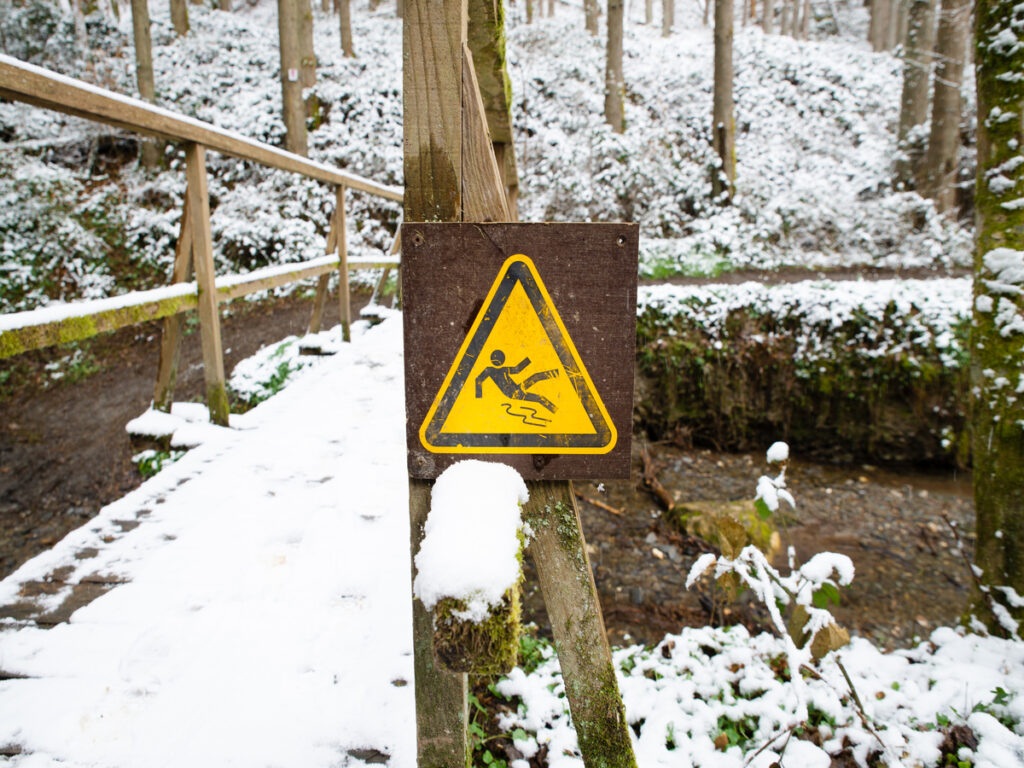
Calore: come influisce sui segni
Le temperature elevate possono danneggiare nel tempo la segnaletica di sicurezza. Il calore può piegare o spezzare i materiali. I colori potrebbero sbiadire, Rendere i segni difficili da leggere. Ciò può essere pericoloso nelle fabbriche o nelle aree esterne. L'alluminio con rivestimenti UV o il policarbonato funzionano meglio con il calore. Questi materiali rimangono resistenti e hanno un bell'aspetto più a lungo. Le decalcomanie riflettenti aiutano anche le persone a vedere i segnali in condizioni di scarsa illuminazione o abbagliamento.
Corrosione – Combattere la ruggine e i danni chimici
Luoghi vicino all'oceano o con sostanze chimiche possono danneggiare i segnali. L'aria salata fa sì che la ruggine si formi più velocemente. Le sostanze chimiche e i vapori acidi decompongono rapidamente i materiali. I porti e le basi militari spesso si trovano ad affrontare questi problemi. L'alluminio anodizzato o l'acciaio inossidabile bloccano la ruggine e durano più a lungo. La fibra di vetro è ottima anche per resistere ai danni chimici. Questi materiali fanno sì che i segnali durino e necessitino di meno sostituzioni.
Polvere e vento: mantenere la segnaletica chiara
Polvere e vento possono logorare la segnaletica di sicurezza. La sabbia può graffiarli, rendendoli difficili da leggere. Questo accade spesso nei deserti o nei cantieri. I rivestimenti antigraffio e le superfici sigillate funzionano bene qui. Proteggono i segnali da eventuali danni e li mantengono leggibili. Staffe robuste e telai flessibili aiutano i segnali a rimanere sollevati in caso di vento forte.
Materiali consigliati per la segnaletica di sicurezza in ambienti difficili
Zone ad alto calore – Alluminio, Policarbonato, e segnaletica di sicurezza stabile ai raggi UV
Le aree calde possono danneggiare la segnaletica di sicurezza piegandosi o scolorindo. Sono necessari materiali resistenti per gestire il calore e rimanere puliti. I cartelli in alluminio con rivestimento UV funzionano bene a temperature elevate. Resistono ai danni e rimangono facili da leggere. Le etichette in policarbonato sono adatte anche per i luoghi caldi. Sono resistenti e bloccano i raggi UV. Reflective decals help people see signs in dim light or glare. These materials keep signs strong and readable in factories or outdoor areas.
Corrosive Settings – Anodized Aluminum, Acciaio inossidabile, and Fiberglass
Corrosive places like ports or chemical plants harm signs. Salty air and chemicals can cause rust or damage. Anodized aluminum stops rust and stays strong. Stainless steel is also a good choice for lasting use. Fiberglass resists acid vapors and chemical harm. These materials make signs last longer and save money. Warning labels made from them stay clear and safe in tough spots.
Dusty and Windy Regions – Anti-Scratch Laminates and Sealed Reflective Surfaces
Dust and wind can scratch or wear out signs. Anti-scratch laminates protect signs from damage and keep them clear. Le superfici riflettenti sigillate rendono i segnali facili da vedere in condizioni di scarsa illuminazione. Staffe robuste e telai flessibili mantengono i segnali stabili anche in caso di vento forte. I cartelli metallici resistenti alle intemperie sono ottimi per le aree esterne. Questi materiali mantengono visibili i messaggi di sicurezza e prevengono i rischi in condizioni difficili.
Migliorare la visibilità con materiali riflettenti
La segnaletica di sicurezza nelle fabbriche deve essere sempre facile da vedere. I materiali riflettenti aiutano i segnali a rimanere visibili in condizioni di luce scarsa o intensa. Scegliere le giuste pellicole riflettenti può rendere i luoghi di lavoro più sicuri e ridurre i rischi.
Scelta di pellicole retroriflettenti ad alta intensità o di grado diamante
Le pellicole ad alta intensità e diamantate funzionano bene con i cambiamenti di luce. Questi film aiutano le persone a vedere i segnali in condizioni di scarsa illuminazione e in caso di maltempo. Sono resistenti e ottimi per l'uso all'aperto, dove i segnali affrontano condizioni difficili. Le decalcomanie riflettenti realizzate con queste pellicole mantengono chiari i messaggi di sicurezza.
- I film ad alta intensità sono adatti alla visione a media distanza.
- Le pellicole diamantate sono migliori per la visibilità a lunga distanza.
- Entrambi i tipi rendono i segnali più facili da vedere nelle fabbriche.
Tecnologia Sealed Edge per superfici riflettenti di lunga durata
Tecnologia dei bordi sigillati impedisce alle decalcomanie riflettenti di staccarsi. Mantiene l'acqua, polvere, e sporco dai bordi. Ciò aiuta gli adesivi a rimanere riflettenti per lungo tempo. È utile in luoghi umidi o in zone con molta pioggia. Questa tecnologia fa sì che i segnali durino più a lungo e necessitino di meno sostituzioni.
Perché le pellicole di grado tecnico potrebbero non essere adatte a condizioni difficili
Le pellicole di livello tecnico sono più economiche ma non durano in luoghi difficili. Si consumano più velocemente in caso di forte luce solare o condizioni difficili. La loro riflettività svanisce, rendere i segni più difficili da vedere. Per le fabbriche, le pellicole ad alta intensità o diamantate sono migliori. Le decalcomanie realizzate con questi materiali rimangono brillanti e resistenti in condizioni difficili.
Standard ANS stress utilizzando materiali riflettenti in aree pericolose. Queste regole richiedono materiali che rimangano visibili in condizioni estreme. Scegliendo buone decalcomanie riflettenti, rendi i luoghi di lavoro più sicuri e riduci i pericoli.
Montaggio e stabilità strutturale della segnaletica di sicurezza
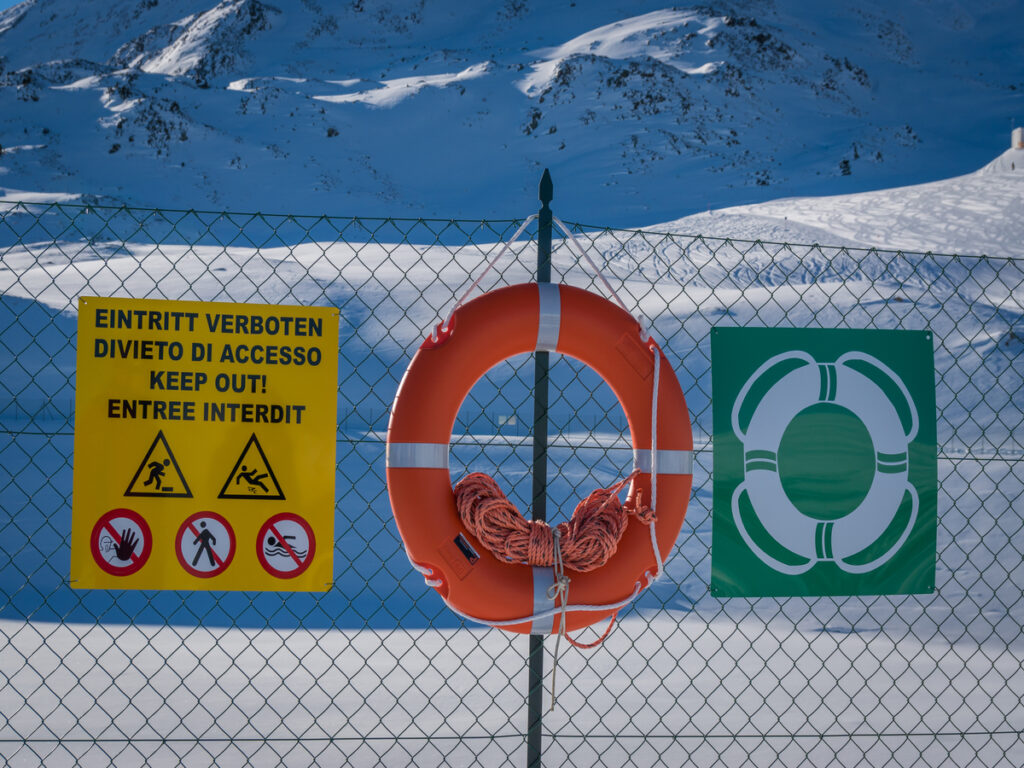
Staffe robuste per aree ventose
In luoghi ventosi, forti raffiche possono danneggiare la segnaletica di sicurezza. Senza un buon supporto, i segnali potrebbero piegarsi, autunno, o volare via. Ciò può causare incidenti invece di prevenirli. Le staffe robuste mantengono i segnali fermi e in posizione. Queste staffe sono realizzate per resistere alle intemperie e rimanere al sicuro. Utilizzare staffe in acciaio inossidabile o metallo zincato. Questi materiali non arrugginiscono e rimangono resistenti a lungo. È importante posizionare correttamente la segnaletica e controllarla spesso. Controlli regolari assicurano che le staffe siano resistenti e che i segnali rimangano visibili.
Hardware antiruggine per segnaletica di lunga durata
Le aree costiere e industriali possono danneggiare i normali componenti di montaggio. Ruggine e sostanze chimiche indeboliscono viti e bulloni, facendo cadere i segni. Hardware antiruggine, come bulloni zincati o in acciaio inossidabile, funziona meglio. Questi materiali resistono alla ruggine e ai danni chimici in luoghi difficili. L'utilizzo di hardware antiruggine significa meno sostituzioni e segnaletica più sicura. Ciò consente di risparmiare denaro e mantiene i segnali sicuri e facili da vedere. Previene anche i pericoli derivanti dalla caduta dei segnali.
Telai flessibili per aree sabbiose e polverose
In luoghi sabbiosi o polverosi, i telai rigidi possono rompersi sotto pressione. I telai flessibili sono una scelta migliore. Si piegano con il vento e rimangono resistenti in condizioni difficili. Questi telai proteggono i segnali dalla rottura e li mantengono in posizione. Le superfici riflettenti sigillate con cornici flessibili impediscono i graffi e rimangono pulite. Staffe robuste e telai flessibili mantengono i segnali stabili e leggibili. Questa configurazione aiuta a mantenere chiari i messaggi di sicurezza nelle aree polverose e sabbiose.
Vuoi saperne di più sui migliori materiali e metodi di montaggio per la segnaletica di sicurezza stradale?
Dai un'occhiata al nostro blog: “Metodi di selezione e montaggio del materiale per i segnali di sicurezza del traffico: Quello che devi sapere” per approfondimenti dettagliati su come scegliere e installare la giusta segnaletica stradale in vendita.
Pianificazione della manutenzione e della sostituzione della segnaletica di sicurezza
Pianificazione delle ispezioni in base all'esposizione ambientale
Controllare spesso i segnali di sicurezza per farli funzionare bene. Caldo, corrosivo, o luoghi polverosi possono danneggiare rapidamente i segnali. Pianifica i controlli in base alle condizioni intorno ai tuoi segnali. Per esempio, in aree con prodotti chimici, cercare ruggine o sbiadimento ogni pochi mesi. In luoghi ventosi o sabbiosi, controllare più spesso la presenza di graffi o danni. Ispezioni regolari ti aiutano a individuare tempestivamente i problemi ed evitare pericoli.
Identificazione dei segni di degrado (Sbiadimento, Ruggine, Piegatura)
La segnaletica di sicurezza usurata non funziona come dovrebbe. Fai attenzione ai colori che sbiadiscono, macchie di ruggine, o telai piegati. Lo sbiadimento rende i segni difficili da vedere, Soprattutto nella luce fioca. La ruggine indebolisce le targhe metalliche, e la piegatura può farli cadere o renderli illeggibili. Anche le decalcomanie riflettenti potrebbero perdere la loro brillantezza nel tempo. Ripara o sostituisci rapidamente i segnali danneggiati per mantenere tutti al sicuro.
Risparmio sui costi a lungo termine con la segnaletica di sicurezza di alta qualità in vendita
L'acquisto di segnali di sicurezza robusti consente di risparmiare denaro nel tempo. Materiali come l'alluminio o il vinile resistente durano più a lungo in cattive condizioni. Le decalcomanie riflettenti rendono i segnali più facili da vedere, riducendo i rischi. Meno sostituzioni significano meno spese e luoghi di lavoro più sicuri. Durevole, I cartelli resistenti alle intemperie proteggono la tua squadra e il tuo budget.
Mancia: Spendere di più in una buona segnaletica di sicurezza ora consente di risparmiare denaro in seguito. Durano più a lungo e funzionano meglio in condizioni difficili.
Standard di conformità per la segnaletica di sicurezza in condizioni estreme
Linee guida MUTCD e OSHA per durabilità e visibilità
Il rispetto delle norme di sicurezza mantiene la segnaletica utile in condizioni difficili. IL Manuale sui dispositivi di controllo del traffico uniforme (MUTCD) e il Sicurezza professionale e amministrazione sanitaria (OSHA) sottolineare segnali di sicurezza forti e chiari. Suggeriscono di utilizzare materiali come l'alluminio o il vinile industriale. Questi materiali durano più a lungo in ambienti difficili. Segnali forti significano meno sostituzioni, risparmiare denaro e rispettare le norme di sicurezza.
Controllare ogni mese la segnaletica di sicurezza per mantenerla visibile. Cerca lo sbiadimento, crepe, o altri danni. Pulisci i segnali con acqua e sapone neutro per proteggere le superfici riflettenti. Se un segno è troppo danneggiato per essere letto, Sostituilo subito. Questo previene gli incidenti e segue MUTCD E OSHA standard. Questi passaggi aiutano i luoghi di lavoro a rimanere sicuri e a seguire le regole.
Codici specifici del settore per la sicurezza chimica e portuale
Gli impianti chimici e i porti presentano pericoli particolari che richiedono rigide norme di sicurezza. I codici di settore guidano il modo in cui la segnaletica di sicurezza dovrebbe essere utilizzata in questi luoghi. Per esempio, IL National Fire Protection Association (NFPA) utilizza i numeri per valutare pericoli come il fuoco, Rischi per la salute, e reazioni chimiche. Queste valutazioni garantiscono che i segnali di sicurezza condividano chiaramente gli avvertimenti importanti.
| VALUTAZIONE | PERICOLO DI INCENDIO (INFIAMMABILITÀ) | PERICOLO PER LA SALUTE | REATTIVITÀ (INSTABILITÀ) |
|---|---|---|---|
| 4 | punto d'infiammabilità <73°F Punto di ebollizione <100° f | Mortale | Potrebbe esplodere |
| 3 | punto d'infiammabilità <73°F e punto di ebollizione ≤100°F, o Punto di infiammabilità da 73°F a 100°F | Molto pericoloso | Il calore o gli urti potrebbero causare esplosioni |
| 2 | Punto di ebollizione >100°F e ≤100°F | Dannoso | Può cambiare violentemente |
| 1 | punto d'infiammabilità > 200° f | Leggermente dannoso | Instabile se riscaldato |
| 0 | Non brucerà | Materiale sicuro | Rimane stabile |
L'utilizzo di materiali resistenti come l'alluminio anodizzato o la fibra di vetro soddisfa questi codici. I segnali riflettenti aiutano le persone a vedere gli avvertimenti in condizioni di scarsa illuminazione, riducendo i rischi. Seguire queste regole rende gli impianti chimici e i porti più sicuri per tutti.
L'utilizzo di materiali resistenti per la segnaletica di sicurezza in vendita li aiuta a durare più a lungo. I buoni materiali resistono al calore, ruggine, e graffi, mantenendo i segnali chiari. I robusti segnali di sicurezza funzionano bene in luoghi difficili come fabbriche o deserti. Le decalcomanie riflettenti rendono i segnali più facili da vedere, anche in luce fioca. Il controllo e il fissaggio dei segnali spesso li mantengono affidabili.
| Punto chiave | Spiegazione |
|---|---|
| Materiali forti | I materiali durevoli rimangono resistenti in condizioni difficili come calore o ruggine. |
| Decalcomanie riflettenti | I segnali riflettenti sono più facili da vedere al buio o in condizioni di scarsa illuminazione. |
| Controlli regolari | L'ispezione dei segnali spesso li mantiene sicuri e facili da leggere. |
L'acquisto di segnaletica di sicurezza resistente in vendita riduce i rischi e fa risparmiare denaro nel tempo. Cerca segnali di sicurezza in vendita realizzati per gestire luoghi difficili e mantenere la tua squadra al sicuro.
Domande frequenti
Quali materiali sono i migliori per la segnaletica di sicurezza in vendita in luoghi caldi?
L’alluminio con rivestimenti UV e il policarbonato sono ottime opzioni. Non si piegano né sbiadiscono, mantenendo i segni forti a fuoco alto.
Come evitare che la segnaletica di sicurezza si arrugginisca nelle aree corrosive?
Utilizzare alluminio anodizzato, acciaio inossidabile, o fibra di vetro. Questi materiali combattono la ruggine e i danni chimici, perfetto per punti salati o ricchi di sostanze chimiche.
Perché gli adesivi riflettenti sono utili per la segnaletica di sicurezza?
Le decalcomanie riflettenti aiutano le persone a vedere i segnali in condizioni di scarsa illuminazione o pioggia. Le pellicole ad alta intensità o di qualità diamante mantengono i segnali chiari anche in condizioni climatiche avverse.
Con quale frequenza è necessario controllare la segnaletica di sicurezza in vendita in luoghi difficili?
Controllare i segni ogni pochi mesi per sbiadire, ruggine, o graffi. I controlli regolari individuano tempestivamente i problemi e mantengono il buon funzionamento della segnaletica.
Quale hardware funziona meglio per il montaggio della segnaletica di sicurezza in vendita in aree difficili?
I bulloni antiruggine come quelli zincati o in acciaio inossidabile sono i migliori. Non arrugginiscono, mantenendo i segnali sicuri per lungo tempo.

